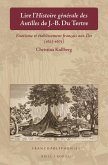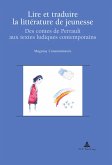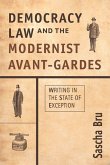Romans à lire et romans à proscrire (Novels to Read and Novels to Proscribe) is a 1906 essay by Louis Bethléem offering a moral classification of novels, particularly within the context of French society and Catholic doctrine. Bethléem provides a critical overview of numerous novels, categorizing them based on their perceived moral value and suitability for readers. This work reflects the social and religious concerns of the period, particularly regarding the influence of literature on public morality. As a historical document, it offers insights into the debates surrounding censorship, literary criticism, and the role of the Church in shaping cultural values at the turn of the century. Bethléem's analysis provides a valuable perspective on the literary landscape of the time and the moral considerations that guided reading habits and literary judgment. This work has been selected by scholars as being culturally important, and is part of the knowledge base of civilization as we know it. This work was reproduced from the original artifact, and remains as true to the original work as possible. Therefore, you will see the original copyright references, library stamps (as most of these works have been housed in our most important libraries around the world), and other notations in the work. This work is in the public domain in the United States of America, and possibly other nations. Within the United States, you may freely copy and distribute this work, as no entity (individual or corporate) has a copyright on the body of the work. As a reproduction of a historical artifact, this work may contain missing or blurred pages, poor pictures, errant marks, etc. Scholars believe, and we concur, that this work is important enough to be preserved, reproduced, and made generally available to the public. We appreciate your support of the preservation process, and thank you for being an important part of keeping this knowledge alive and relevant.
Bitte wählen Sie Ihr Anliegen aus.
Rechnungen
Retourenschein anfordern
Bestellstatus
Storno








